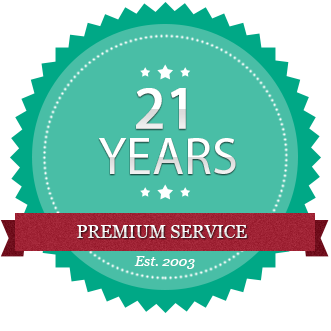We’re spending more time in meetings than ever before. Around 35-50% of the average employee’s time at work is spent in meetings, many of which are now held over video or conference calls as the average workplace becomes more mobile.
More and more huddle rooms and connected conference rooms are being built in efforts to improve collaboration and productivity in the workplace. In fact, in a recent Wainhouse Research survey, as many as 63% of businesses said they have more huddle rooms/small conference rooms now than in the last two years.
So, how do you ensure a high quality meeting experience so that your organisation can take full advantage of the technology?
Introducing: the connected conference room.
What is the Connected Conference Room?
The term “connected conference room” refers to meeting spaces that open the door to greater collaboration using audio and video conferencing technology. The best setups usually comprise of a phone and camera system, tightly integrated with some sort of Cloud collaboration platform.
Traditionally, a conference room is a local experience, with remote participants dialed in via telephone. Video takes your meetings to another level, allowing face-to-face communication and adding valuable collaboration features for a better, more human experience.
Features to consider in your conference room:
- Auto-framing camera or PTZ cameras
Auto-framing cameras pick up on room size and can auto zoom and adjust to fit everyone in the frame comfortably. This avoids the awkward “fishbowl” effect or people being cut out of the frame. - Screen Sharing
Screen sharing allows everyone to view documents and reports, ensuring that everybody is on the same page and reviewing the correct version of the document. - Centralized Directory
Being able to store contacts on the Cloud so that they can be accessed from any one of your conference room systems saves time and improves ease of use. You will be able to quickly call anyone from any room without having to search for their details. - Health Monitoring
If you have multiple room systems deployed across different locations, being able to monitor the health and status of your infrastructure is crucial for management. A management platform allows for easy reporting, as well as setup and deployment of new rooms.
Things to avoid:
- Too many tools
There’s a popular saying that too many cooks spoil the broth, and this is also true for conferencing tools! Too many businesses operate on hodge podge systems comprised of a mess of different tools and solutions that don’t integrate well. This is confusing for users, difficult for IT to manage, and often more expensive to maintain over time. For best results, stick with one brand/provider and keep your systems as minimal and streamlined as possible. - Disparate Tool Sets
Be aware that some hardware/software is incompatible (for example, Skype for Business cannot natively integrate with standards-based video hardware.) It’s important to make sure that any hardware or software introduced to your rooms will be compatible with your current infrastructure. - Non Standards-Based technology
Most video conferencing solutions run on standards based protocols, referred to as SIP or H.323. These standards exist side by side but are not interoperable. Then, there are certain vendors that don’t use either of these standards, choosing to operate using their own proprietary standard instead. It’s extremely important to know which standards you and your external parties are using so that you can choose a compatible solution. Thankfully, SIP and H.323 systems can communicate easily using a bridging service. However, trying to communicate between a proprietary and a standards based solution can be a lot more complicated.
From Lifesize: Simplifying Your Collaboration Ecosystem

Where do I start?
Ready to upgrade your meeting rooms? We can help! Using a local, highly experienced conferencing provider will ensure you get the right solution for your business. Chorus Call Australia can not only recommend the right solution based on your needs, but we can manage the full process from end to end and provide ongoing training and support.





